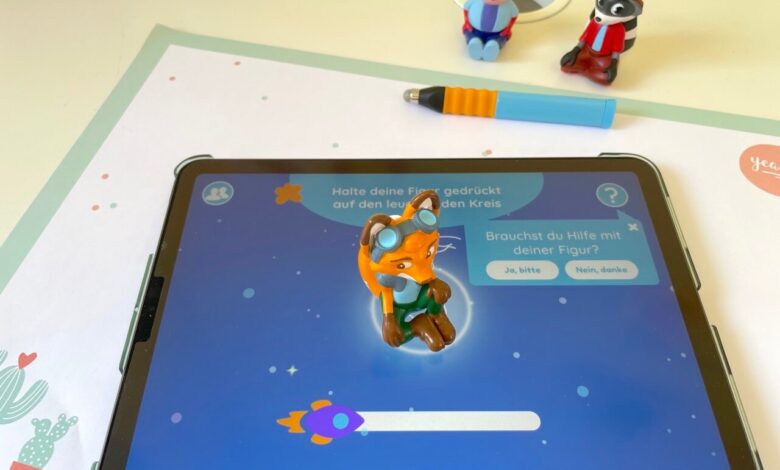The Importance of Affordable Education and Edurino’s Pricing Model

Affordable education is of paramount importance as it ensures that individuals from all socio-economic backgrounds have equal access to high-quality learning opportunities. It promotes social mobility, reduces inequality, and contributes to the overall development and progress of a society. Accessible and affordable education allows people to acquire the knowledge, skills, and competencies necessary for personal growth, professional success, and active participation in societal life.
Edurino could be a product or service that was developed to my knowledge, and I apologize for not being able to provide current information about it.
Overall, affordable pricing models in the education sector are crucial to ensure equitable access to educational resources. An affordable pricing model should consider learners’ financial constraints and strive to strike a balance between cost and value. Here are some aspects that can contribute to an affordable pricing model:
- Cost Optimization: Efficient use of resources, optimized processes, and intelligent cost management can help keep overall expenses low.
- Scalability: Designing the educational platform or service to be scalable enables a larger number of users, which can help distribute costs across a larger user base and potentially lower individual costs.

- Subsidies and Scholarships: Providing subsidies or scholarships for economically disadvantaged individuals can make education more accessible and affordable for those who might otherwise struggle to afford it.
- Flexible Payment Options: Offering flexible payment plans such as installment payments or pay-as-you-go models can help learners manage their expenses and make education more affordable.
- Open Educational Resources (OER): Utilizing freely available open educational resources can significantly reduce the costs of learning materials and make education more affordable for everyone.
- Collaboration with Institutions: Collaborating with educational institutions, nonprofit organizations, or government agencies can help leverage existing resources and infrastructure, potentially lowering costs for learners.
It’s important to note that alongside affordability, the quality and effectiveness of education should also be a priority. Finding a balance between affordability and quality ensures that learners receive valuable education.
The Future of Online Learning and Edurino’s Role in Shaping It
Online learning has rapidly evolved and is expected to continue playing a significant role in education. Here are some key trends and potential areas of development for the future of online learning:
- Personalized and Adaptive Learning: Online platforms have the potential to provide personalized learning experiences by leveraging technologies such as artificial intelligence and machine learning. Adaptive learning systems can tailor content and delivery to individual learning needs, pace, and styles.
- Virtual Reality (VR) and Augmented Reality (AR): Immersive technologies like VR and AR have the potential to revolutionize online learning by creating engaging and interactive environments. They allow learners to experience realistic and hands-on scenarios, particularly in fields like medicine, engineering, and natural sciences.

- Microlearning and Bite-Sized Content: Short, focused, and easily digestible learning modules are becoming increasingly popular. Microlearning allows learners to retrieve information in small portions, which is more convenient for a busy schedule and enhances knowledge comprehension.
- Collaborative Learning and Social Interaction: Online learning platforms are increasingly integrating collaborative features to promote interaction and peer-to-peer learning. Discussion forums, group projects, and real-time collaboration tools enable learners to connect with their peers and instructors, create a sense of community, and enhance the learning experience.
- Gamification and Interactive Elements: Gamified elements like badges, points, and leaderboards can enhance learners’ motivation and engagement. Interactive elements such as quizzes, simulations, and interactive videos can make the learning experience more dynamic and immersive.
- Mobile Learning and On-the-Go Access: Mobile devices are ubiquitous, and the future of online learning is expected to be mobile-centered. Mobile learning allows learners to access educational content anytime, anywhere, making learning more flexible and accessible.
Regarding Edurino’s role in shaping the future of online learning, I apologize for not having specific information about this platform. It’s possible that Edurino is a newer platform or service that was developed after my knowledge cutoff date. It would be advisable to gather updated information about Edurino and its offerings to understand its specific contributions to the field of online learning.
Overall, the future of online learning is expected to be characterized by increasing personalization, immersive technologies, collaboration, and mobile accessibility, among other advancements. These trends aim to enhance the learning experience, optimize outcomes, and make education more engaging and effective.
How Edurino Integrates New Technologies
However, in general, many online learning platforms are integrating emerging technologies to enhance the learning experience. Here are some ways in which online learning platforms can utilize emerging technologies:

- Virtual Reality (VR) and Augmented Reality (AR): Platforms can integrate VR and AR technologies to create immersive and interactive learning experiences. For instance, learners can explore virtual environments, conduct virtual experiments, or participate in simulations to enhance their understanding of complex concepts.
- Artificial Intelligence (AI) and Machine Learning (ML): AI and ML technologies can be utilized to analyze learner data and provide personalized recommendations. These technologies can identify knowledge gaps, suggest relevant learning materials, and offer adaptive assessments to cater to individual learning needs.
- Gamification and Interactive Elements: Platforms can incorporate gamified elements like leaderboards, badges, or rewards to boost learner engagement and motivation. Interactive elements such as quizzes, interactive videos, and simulations can also make the learning experience more dynamic and immersive.
- Mobile Learning: With the increasing use of mobile devices, platforms can optimize their content and interfaces for mobile access. Mobile learning enables learners to access educational resources on the go, providing flexibility and convenience.
- Data Analytics: Platforms can leverage data analytics to track learners’ progress, identify patterns, and generate insights. This data-driven approach can help improve instructional design, identify areas for enhancement, and personalize the learning experience.
It’s important to note that these are general examples of how emerging technologies can be integrated into online learning platforms. The specific approach and implementation can vary based on the platform, target audience, and educational objectives.




